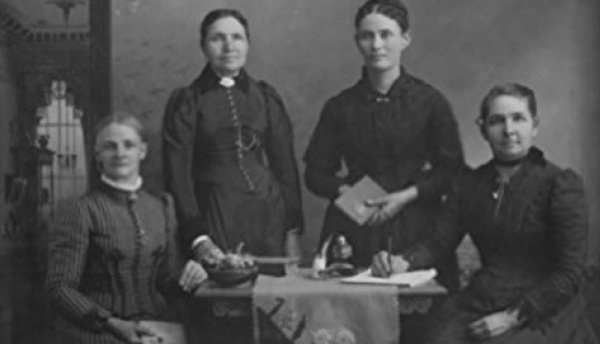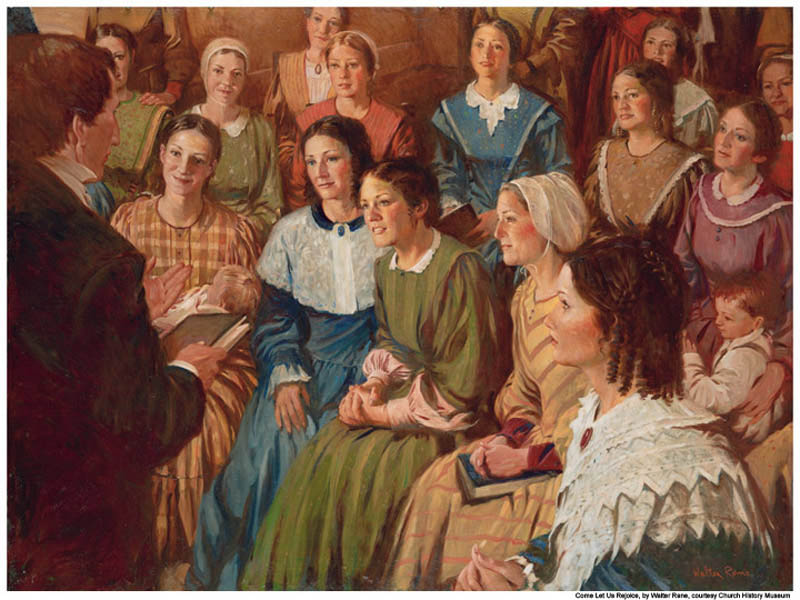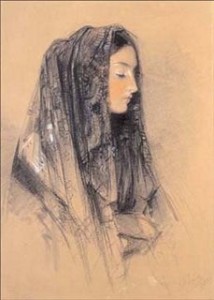Question
Gramps,
Is it true that women could give blessings of healing in the early history of the Church? I read about it on some website, but I don’t really trust non-LDS websites.
Andrea
Answer
Andrea,
In the early days of The Church of Jesus Christ of Latter-day Saints, women played significant roles in various capacities, including healing and administering blessings. Joseph Smith, the founder of the Church, acknowledged the spiritual authority of women in certain contexts. For instance, during a meeting of the Nauvoo Relief Society in 1842, he instructed that women could lay hands on the sick and perform healings, stating that there was “no sin” in women laying on hands to heal others. This acknowledgment of women’s spiritual gifts was significant, as it indicated a level of authority and responsibility that women held in the early Church.
Women like Eda Hollister Rogers received patriarchal blessings that included the promise that they could lay hands on their children for healing in the absence of their husbands. This practice highlights the recognition of women’s spiritual authority, albeit in a non-priesthood context. Furthermore, historical records indicate that women were involved in administering blessings and performing rituals, such as washing and anointing, which were seen as acts of faith rather than priesthood duties.
The establishment of the Relief Society in 1842 marked a pivotal moment for women in the Church. Joseph Smith encouraged the formation of this organization to provide support and service to the community. The first leaders of the Relief Society, including Emma Smith, were “ordained” to their positions, which some interpret as a form of recognition of their authority. However, it is essential to note that this ordination was not equivalent to holding the priesthood, as later leaders clarified that women could not hold the keys of the priesthood apart from their husbands.
Despite this limitation, the Relief Society became a vital organization for women, allowing them to exercise leadership and service in various capacities. Women were encouraged to teach, serve, and support one another, creating a network of support that was crucial for the early Saints. This organization laid the groundwork for women’s involvement in the Church, even as the priesthood remained male-only.
As the Church grew and evolved, so did the understanding of women’s roles. In the late 19th and early 20th centuries, women continued to participate in healing practices, but the Church’s official stance began to shift. Leaders like Joseph Fielding Smith emphasized that while women could participate in blessings, these were not to be considered priesthood blessings. This distinction became increasingly important as the Church sought to clarify the roles of men and women within its structure.
By the mid-20th century, the Church’s policies regarding women’s participation in healing and blessings became more restrictive. Leaders began to discourage women from performing washings and anointings, emphasizing that such practices should be reserved for those holding the priesthood. This shift reflected a broader trend within the Church to reinforce traditional gender roles and limit women’s authority in spiritual matters.
In recent years, the conversation surrounding women and the priesthood has gained renewed attention. Many members of the Church, particularly women, have expressed a desire for greater inclusion and recognition of their spiritual authority. Some argue that the current structure is outdated and does not reflect the capabilities and contributions of women within the Church. Others maintain that the existing gender roles are divinely inspired and should remain unchanged.
The Church has made some strides in recognizing the contributions of women, such as allowing them to serve in leadership roles within the Relief Society and other organizations. However, the question of whether women should be ordained to the priesthood remains a contentious issue. Advocates for women’s ordination argue that it would empower women and allow them to fully participate in the Church’s mission, while opponents contend that the current structure is essential for maintaining order and divine authority.
Reference:
Gramps







